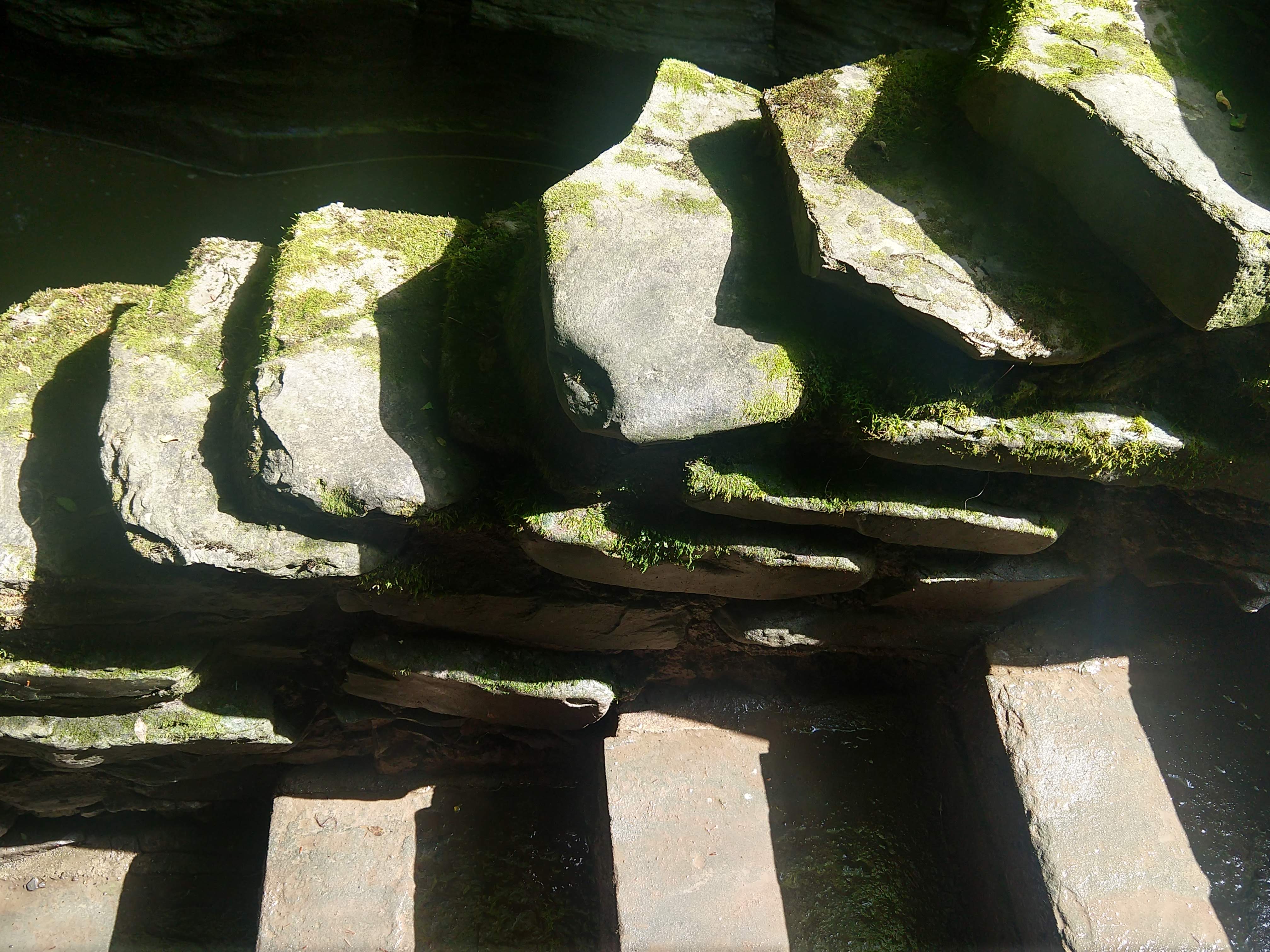The inner workings of an Alexander Technique lesson
Every lesson begins by transitioning into the simple state of observation and experimentation. We leave behind the belief that if we work very hard we will be rewarded by some form of success. Furthermore, we go on shedding as many beliefs as possible, while observing the resulting freedom in our breathing and in our body. What will happen if we stop trying to be ‘right’? Stop clenching our neck, arms, feet in order to be in control of our posture and movement? Is there a different way of control? This is what Alexander Technique boils down to: Noticing restrictive patterns of thought and their physical representations. Giving up on these restrictions mentally while actively guiding our body in a way that encourages lengthening of the spine and realizing the full range of possibilities in the joints. And the reward? A sense of connectedness and clarity in the mind and body with the ability to perform and adapt to any task at hand, while not losing ourselves on the way.

Magdalena Portmann
I love this – it really includes all the essentials of the Alexander Technique without getting tangled up in the particular.
Darren Fitton
Lovely, very nice. Can I ask something that for me has always felt like a stumbling block though? For example, if a been flew in your face, at that instant would you expect to intercept your reflex action to swat it away in a rash manner, and instead coordinate your reaction in a mindful/AT manner, wouldn’t it take to long or would the body, after extensive AT training work, basically work itself better without conscious deliberation?
Bridget
I have found that, if I am actively practising the AT just before the bee arrives, being present with myself, I can react with less panic, rash movements or other habitual reactions. If my mind is elsewhere, I may well go into the quick swat action. I think after years of AT, I am more often present in myself and the present moment and for longer but I do not know to what degree my reactions have changed in those many moments when my mind is drifting. Maybe somebody else has observed this more closely.
Alexander Technique Bay Area
I love the question! When we do the Alexander work, we reach a state of equilibrium, and our stress responses become rarer and more targeted to the situation. So I would think in case of a bee in the face we might assess the danger quicker and either swat it away or possibly quickly step back to avoid it. Or any other possibility our mind might offer. My teacher Shmuel Nelken once said that sometimes one really needs to fight for something, and we have the advantage to do it ‘with direction’ 🙂